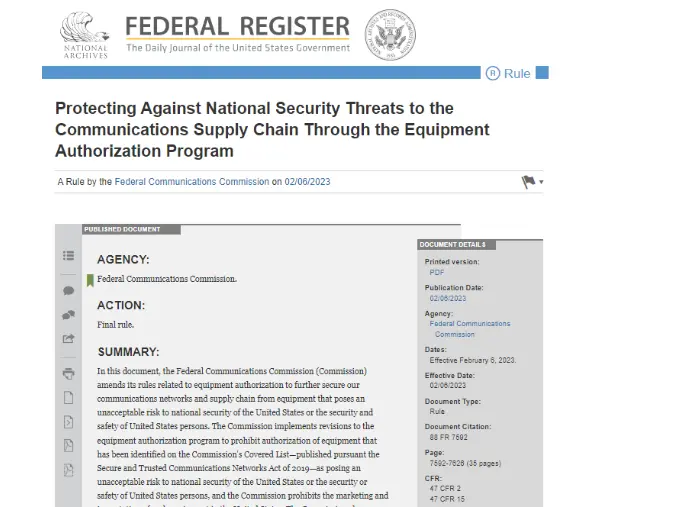
Jewelry EU Compliance Certification
What potential risks shoULd companies be aware of when producing and selling jewelry?
- CheMICal Risks:Jewelry may contain harmful elements such as cadmium, nickel, and lead. If these elements exceed the limit values, they may cause allergies or be carcinogenic. Small parts on jewelry, if swallowed by infants or young children, can lead to acute poisoning.
- Hygiene Risks:Jewelry materials may be contaminated with microorganisms, leading to inflammation or infections.
- Mechanical/Physical Risks:Sharp edges and burrs may cause injuries; small parts in children's jewelry pose a choking hazard.

Which regulations and standards must we comply with when selling jewelry products in the EU?
- General Product Safety:The safety of fashion jewelry primarily follows the General Product Safety Regulation (gpsr) (Regulation 2023/988), which replaced the old General Product Safety Directive (GPSD) (Directive 2001/95/EC)and will be officially applicable on December 13, 2024.
- reach regulation:Under REACH (Regulation 1907/2006), although there are no specific mechanical or chemical safety standards for fashion jewelry, the regulation sets limits on certain elements and provides testing protocols to assess these limits.
- Children's Jewelry:Products designed specifically for children under 14 must ensure child safety, as they are more vulnerable to harm. Uniform Toy Safety Standards, such as EN 71 Part 1 and Part 3, should be used to evaluate mechanical and chemical safety.
- Nickel Release Testing:European Standard EN 1811:2023specifies the reference test method for all items that pierce the body and are intended for prolonged direct contact with the skin. These limits are defined under REACH.
- Lead and Cadmium Testing:Laboratories may use their internal testing methods. REACH also recommends specific testing methods to ensure consistency of results.
Email:hello@jjrlab.com
Write your message here and send it to us
 What are ASTM F963 and CPSIA?
What are ASTM F963 and CPSIA?
 Comparison of ASTM F963 and EN 71
Comparison of ASTM F963 and EN 71
 How to get CSA C22.2 NO.256:14 Test Report?
How to get CSA C22.2 NO.256:14 Test Report?
 How much is the ISTA Amazon Packaging & Shippi
How much is the ISTA Amazon Packaging & Shippi
 Amazon Product Laboratory Testing Requirements
Amazon Product Laboratory Testing Requirements
 How to Get EPA Certificatio
How to Get EPA Certificatio
 What is EPA Certification in the United States?
What is EPA Certification in the United States?
 What is an FCC Registered Agent?
What is an FCC Registered Agent?
Leave us a message
24-hour online customer service at any time to respond, so that you worry!




